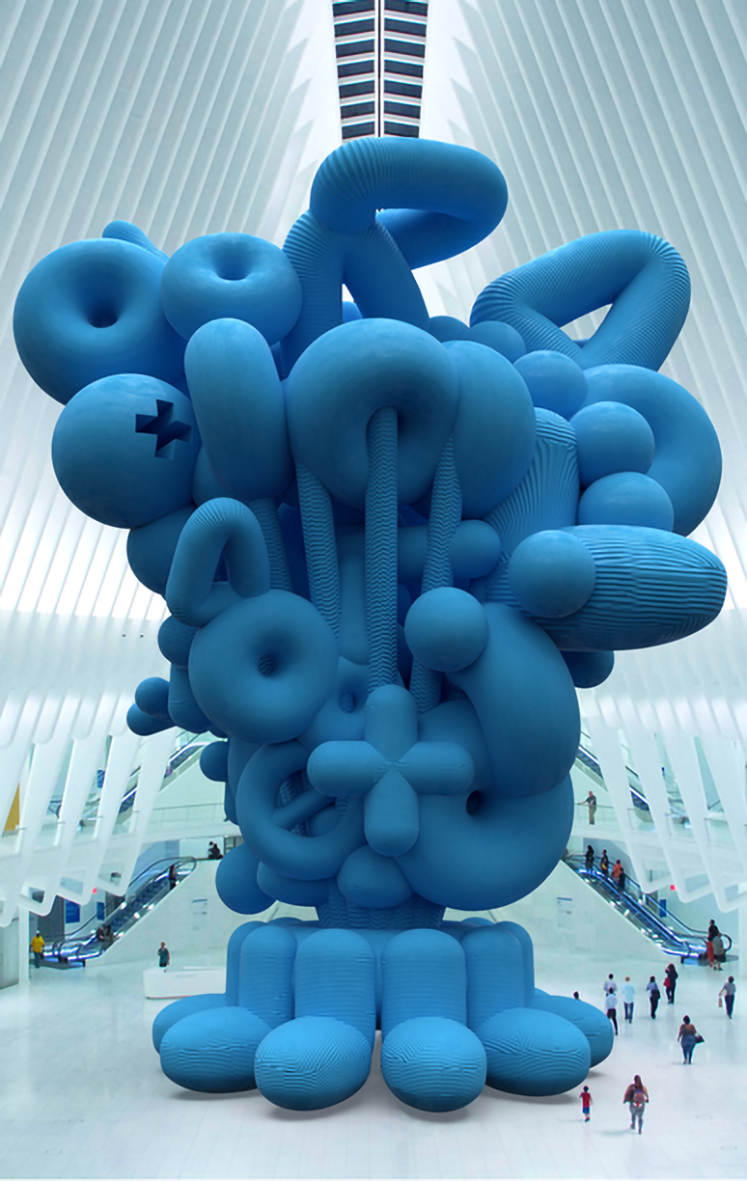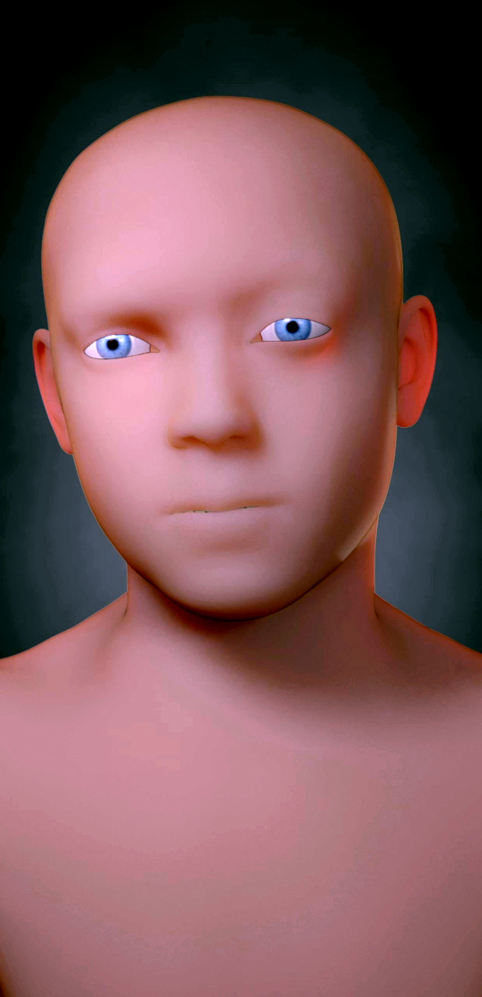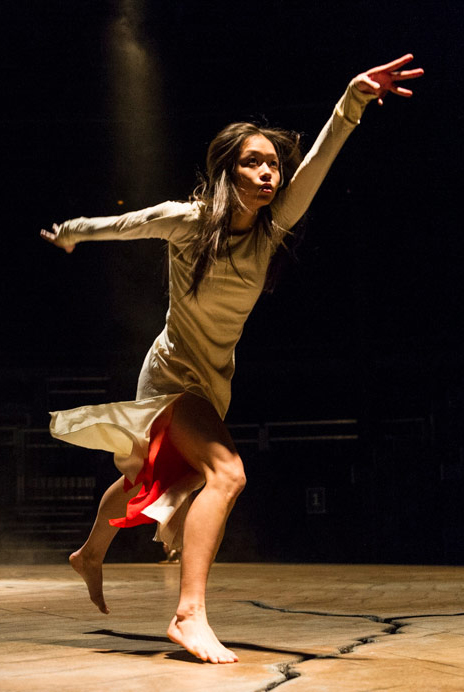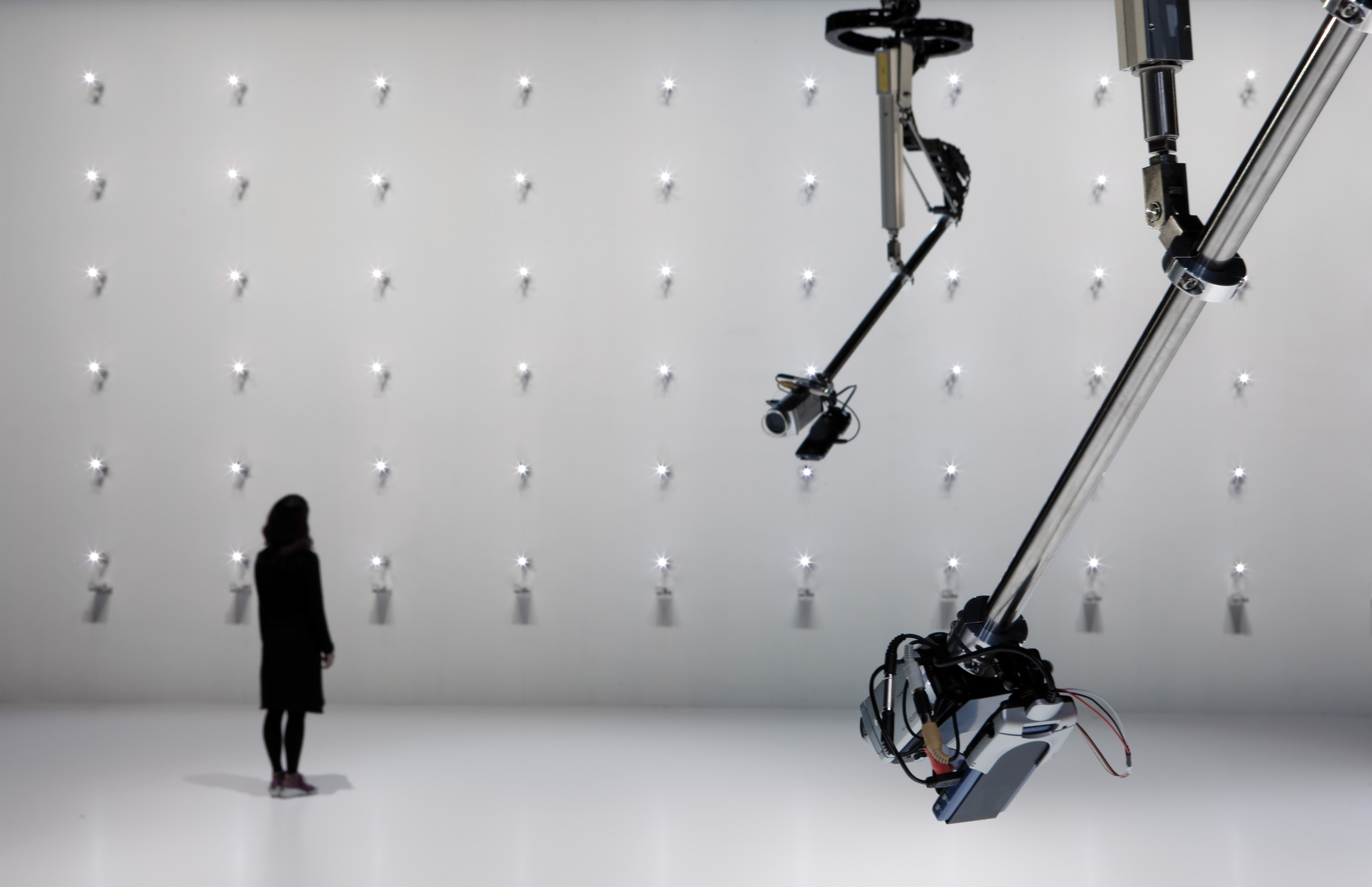sanctum
Zach Blas(United States、1981)の作品は、テクノクラート社会の限界と基盤を描くことを目的として、視覚言語の慣習、価値体系、デジタル技術に内在する力のダイナミクスをさまざまな文脈で分析、調査、配置しています。 。 彼の分析とデジタル文化への反映のために、彼は映画、彫刻、執筆、パフォーマンスなど、さまざまな表現形式を使用しています。 ブラスはブラックユーモアと理論的研究に取り組んでおり、彼の最も顕著な影響の中には、神秘主義の伝統、サイエンスフィクションのジャンル、ポップカルチャー、クィアの美学があります。
.
sanctum
The work of Zach Blas (United States, 1981) analyzes and explores the dynamics of visual language practices, value systems, and the forces inherent in digital technology in a variety of contexts, with the aim of depicting the limits and foundations of technocratic societies. I have placed it. .. For his analysis and reflection in digital culture, he uses a variety of forms of expression, including film, sculpture, writing and performance. Brass works on black humor and theoretical research, and among his most prominent influences are the mystical tradition, the genre of science fiction, pop culture, and the aesthetics of queer.











